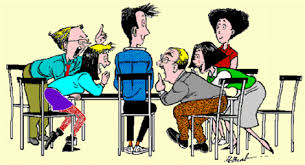What you need to ask yourself before creating ESL activities
by Paola Tanc
Creating ESL activities can sometimes be frustrating, at least that's the case in my life. I sometimes find myself in need for inspiration, so I google some conversation topics that might interest the students, or that's what I think. I start working on the activity until I feel that it is perfect, I submit my activity and wait for the day w...









